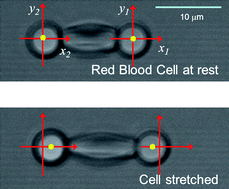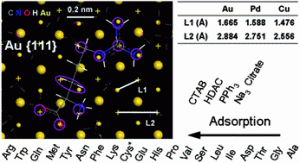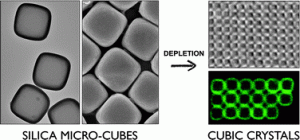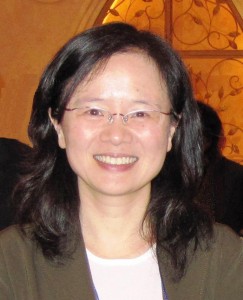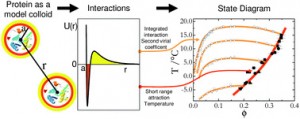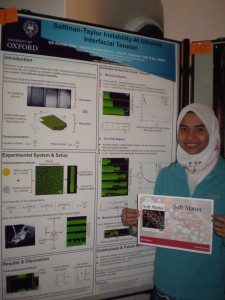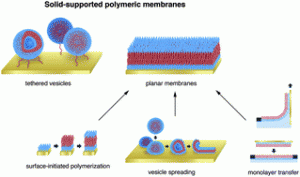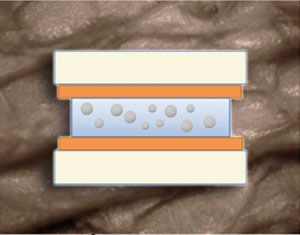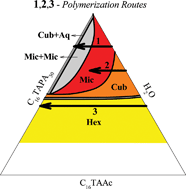Do you know someone who has made a significant contribution to advancing the chemical sciences?
Our Prizes and Awards recognise achievements by individuals, teams and organisations in advancing the chemical sciences. Winners receive up to £5000 and a medal or inscribed memento.
Showcase inspiring science and gain the recognition deserved – Nominate yourself or a colleague.
Nomination categories include:
• Analytical Chemistry
• Biosciences
• Education
• Environment, Sustainability & Energy
• Industry & Technology
• Inorganic Chemistry
• Materials Chemistry
• Organic Chemistry
• Physical Chemistry
Nominations close 31 January 2011











